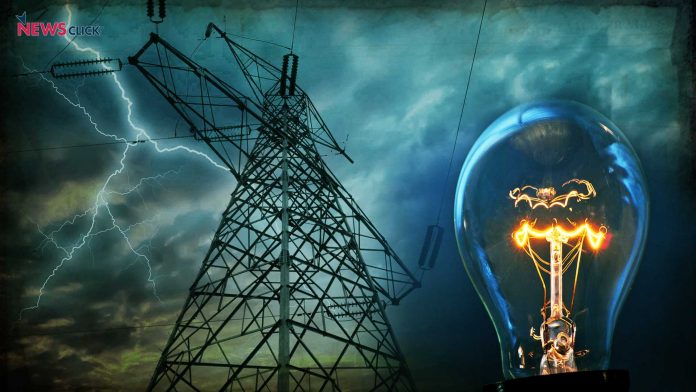The Minister of Power, Chief Adebayo Adelabu, has revealed that it costs the Federal Government about N120 to generate one kilowatt-hour (kWh) of electricity in Nigeria. This substantial cost is a key reason why the government continues subsidizing electricity to make it more affordable for consumers.
Chief Adelabu shared this information during the House Committee on Power’s visit to his Abuja office. He pointed out that while consumers in electricity Band A pay N209 per kWh and those in Band B pay N65 per kWh, these rates are significantly lower than the actual cost of production. The N120 per kWh cost excludes additional evacuation, wheeling, and distribution expenses within the Nigerian Electricity Supply Industry (NESI).

The Minister stated, “Those in Band A are paying N209, while Band B is paying N65. The average cost of generating one kilowatt-hour of electricity is not less than N120 before considering evacuation, wheeling, and distribution charges. So, anyone paying N65 or N58 is paying well below the production cost, which is why the Federal Government continues to subsidize.”
Chief Adelabu also mentioned that the government is improving the power sector infrastructure, aiming to transition more consumers to Band A, where the tariff is closer to the actual cost of electricity generation.
Additionally, the Minister hinted at introducing a new tariff policy within the next six months, which may result in adjusted rates for consumers in other bands. However, given recent public protests, he emphasized the need for caution and assured that the government is mindful of public sentiment.
In another development, Chief Adelabu announced a milestone achievement for Nigeria’s power sector: on August 8, 2024, the country successfully generated, transmitted and distributed 5,155.99 megawatts of electricity for the first time in three years. This milestone was reached under the current administration, which had inherited an average generation of 4,000 megawatts.
Reflecting on this progress, Chief Adelabu noted, “On the 8th of August 2024, we reached 5,155.99 megawatts. When this administration took office, we generated and transmitted an average of 4,000 megawatts. While 5,000 megawatts might not seem like much to celebrate, it’s significant considering that it took over 35 years to move from 2,000 megawatts in 1984 to 4,000 megawatts.“
Comment, Like 👍, share this article, and Follow us on our social media handles.







